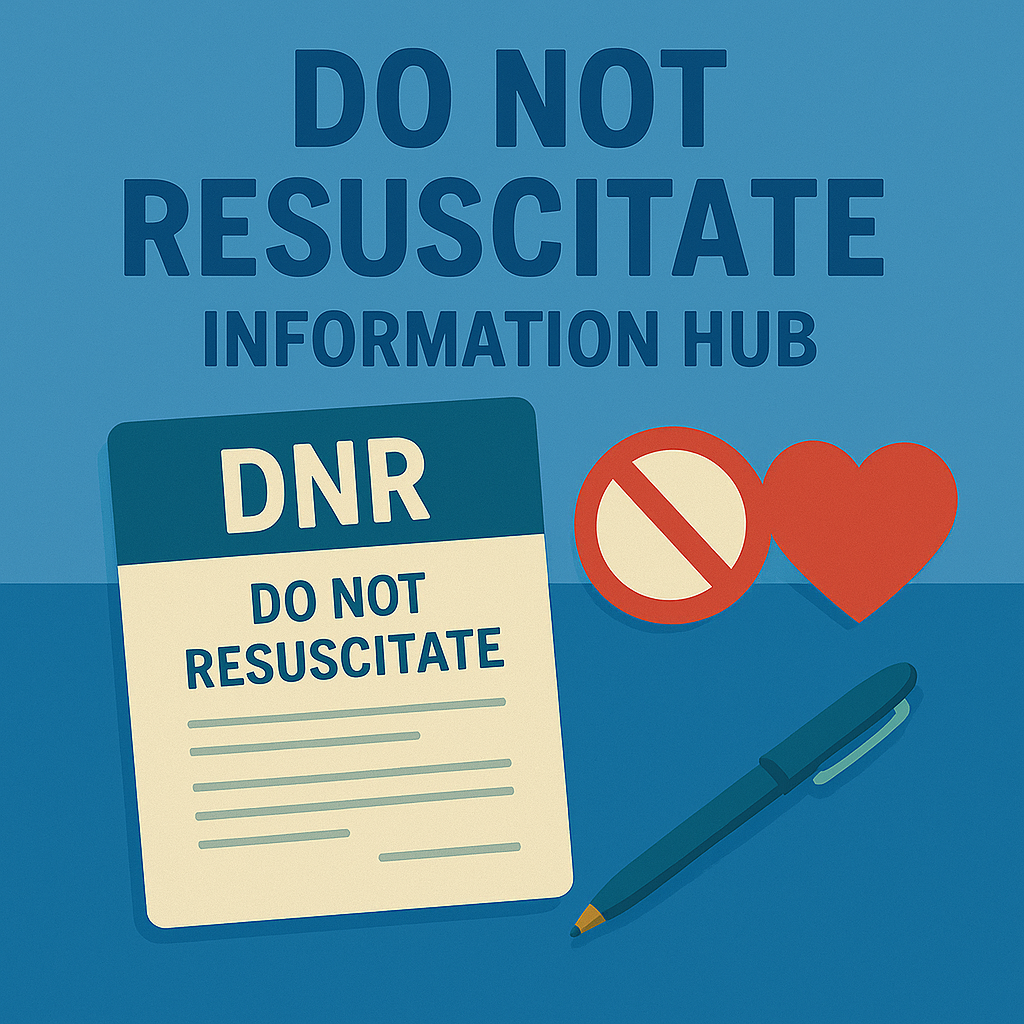Honor decisions when they matter most.
The Do Not Resuscitate Directive Information Hub
A Do Not Resuscitate (DNR) Directive lets you clearly state your wish not to receive cardiopulmonary resuscitation (CPR) if your heart stops or you stop breathing. It is an important part of advance care planning, but it is not a medical order by itself. Completing a DNR Directive prepares you and your healthcare team to create a legally recognized DNR Order if needed. Planning ahead ensures your voice is heard and your wishes are respected during critical moments.

Key Things To Know
Before completing a DNR Directive, it is important to understand how it fits into your overall healthcare planning and the steps needed to make it official.
- A DNR Directive expresses your wishes: It tells your healthcare providers and family that you do not want CPR or life-saving measures if your heart or breathing stops.
- It is different from a DNR Order: A directive is your personal request. A DNR Order must be issued and signed by a licensed medical provider to be enforceable.
- You must share it with your doctor: Completing a directive is the first step. Your healthcare provider must review it with you and place a DNR Order in your medical record if you choose.
- State-specific rules may apply: Some states require special DNR forms, wristbands, or identifiers for paramedics and emergency teams to recognize your wishes.
- First responders need visible proof: Without an official DNR Order on file or a recognized identifier, emergency personnel are required to attempt resuscitation.
- A DNR Directive focuses only on CPR: It does not affect your right to receive comfort care, pain management, or other treatments you may still want.
- It can be part of your advance directive package: Many people complete a DNR Directive at the same time as a Living Will and Healthcare Proxy.
- You can change your mind anytime: A DNR Directive and DNR Order can be canceled or updated if your wishes, health condition, or circumstances change.
- Clear conversations make a difference: Talk openly with your doctor and your loved ones about your DNR wishes to avoid confusion and ensure everyone understands your goals.
Frequently Asked Questions
Planning a DNR Directive helps ensure that your wishes are respected in an emergency. Here are answers to common questions about how it works.
Disclaimer: The information provided on this website and by Buried in Work is for general informational purposes only and should not be considered legal advice. Please consult with a qualified attorney or subject matter expert for advice specific to your situation.
